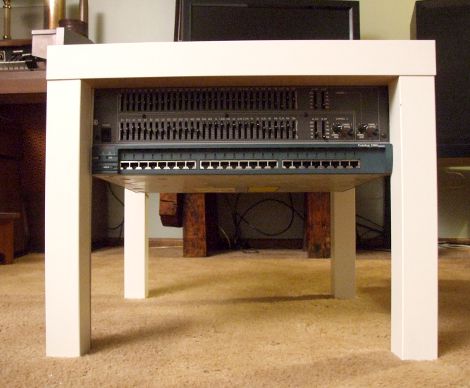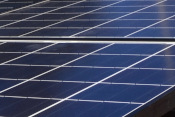 Having had solar panels on the roof of my home for the past several years has proven to be a worthwhile endeavor. With my particular installation I went with Enphase microinverters which I am pleased with. One of the things I like is the Enphase app on your phone. This allows you to look at the performance of each solar panel on your solar photovoltaic system. By the way, if you are interested in the details of my solar panel installation, click here.
Having had solar panels on the roof of my home for the past several years has proven to be a worthwhile endeavor. With my particular installation I went with Enphase microinverters which I am pleased with. One of the things I like is the Enphase app on your phone. This allows you to look at the performance of each solar panel on your solar photovoltaic system. By the way, if you are interested in the details of my solar panel installation, click here.
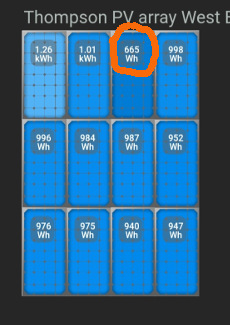 A while back I noticed one solar panel was not performing as well as the others. Interestingly, it was putting out about two thirds the daily wattage of the other panels. So my first question was there a problem in the Enphase microinverter or in the solar panel itself. So I swapped solar panels between the defective one and a good solar panel. Doing a solar panel swap showed me that the problem was in fact with the solar panel.
A while back I noticed one solar panel was not performing as well as the others. Interestingly, it was putting out about two thirds the daily wattage of the other panels. So my first question was there a problem in the Enphase microinverter or in the solar panel itself. So I swapped solar panels between the defective one and a good solar panel. Doing a solar panel swap showed me that the problem was in fact with the solar panel.
I
In doing some internet searches as to why I had reduced output, I learned that solar panels have bypass diodes and that if one fails, it will cause reduced output on a solar panel. I also learned that in a typical 60 cell solar panel there are three bypass diodes which are located in the solar panel’s junction box. Below is a diagram of a typical solar panel:
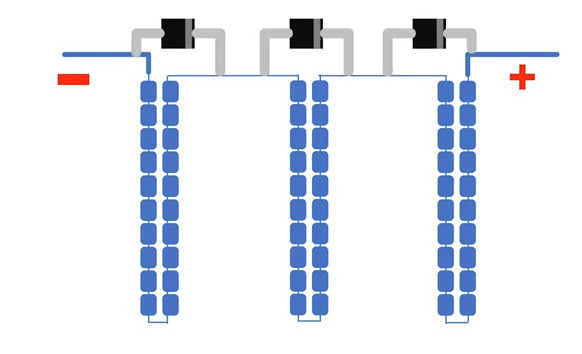
The purpose of bypass diodes in solar panels is to protect solar panels from overheating when partial shading occurs. When partial shading happens on let’s say one of the three strings in the panel above, the output in that string drops to zero volts. Without bypass diodes, and if there is partial shading, the individual cells will actually start consuming electricity from the other cells and also cause excessive heating, which can cause the solar panel to catch on fire. However in my case, one of the diodes in the solar panel shorted out and was completely cutting off one third of the 60 cells in the solar panel.
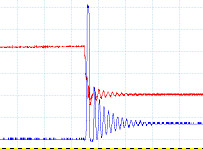 Being one who likes to be as self-sufficient as possible, I purchased a hand crank style grain mill. This augmented my weekly baking of Spelt bread. Now you are asking what does baking bread have to do with suppressing voltage spikes on a DC motor? That’s a fair question. Well the first time I tried grinding my wheat berries in my
Being one who likes to be as self-sufficient as possible, I purchased a hand crank style grain mill. This augmented my weekly baking of Spelt bread. Now you are asking what does baking bread have to do with suppressing voltage spikes on a DC motor? That’s a fair question. Well the first time I tried grinding my wheat berries in my 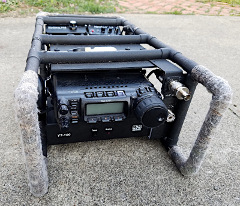 Since getting into the
Since getting into the 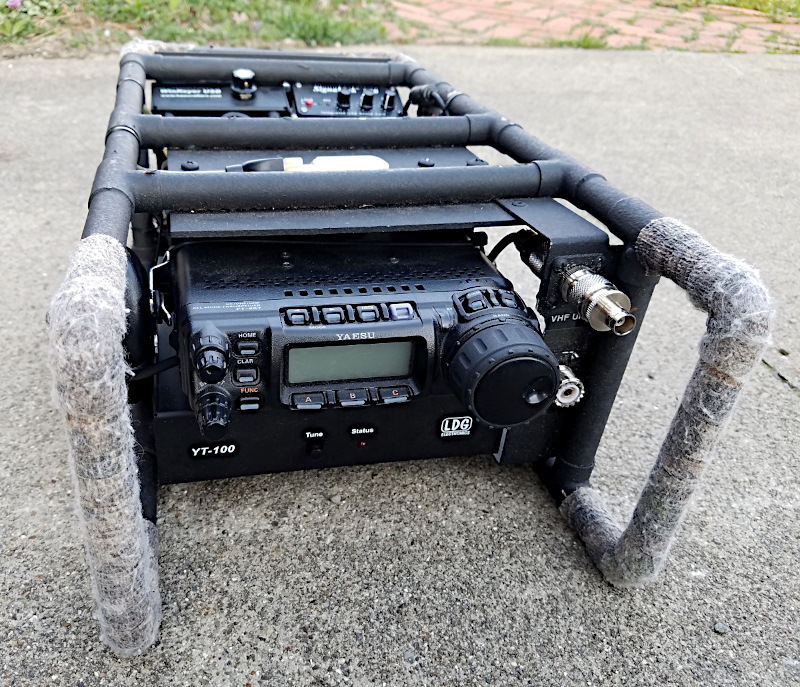
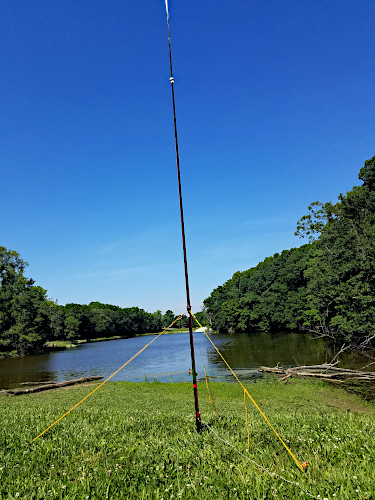 There is something exciting doing a POTA activation where you hike in with all your gear in a pack and activating a park running QRP power. Since my original post about my first
There is something exciting doing a POTA activation where you hike in with all your gear in a pack and activating a park running QRP power. Since my original post about my first 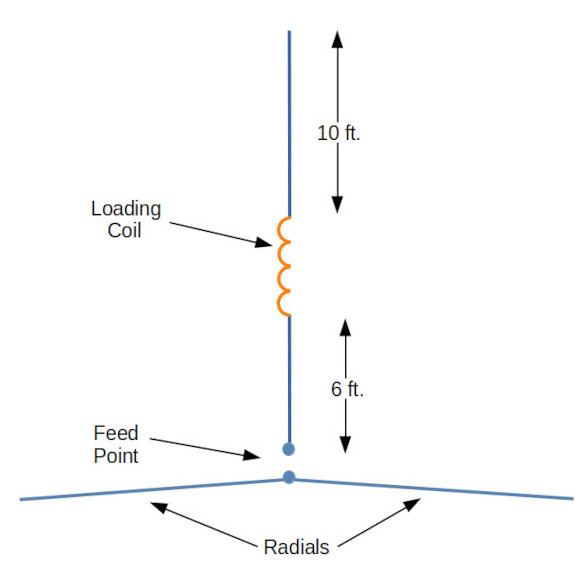
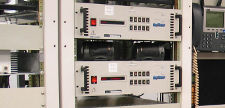 I needed to install a transmitter into a 19″ equipment rack. Since it was heavy, and having installed heavy equipment into a rack I needed an easy way to do that. If you have ever installed something heavy in a 19 inch equipment rack, it is rather difficult. Even with two people. Sometimes three people are needed. This is what I came up with to make installing equipment into a rack a lot easier.
I needed to install a transmitter into a 19″ equipment rack. Since it was heavy, and having installed heavy equipment into a rack I needed an easy way to do that. If you have ever installed something heavy in a 19 inch equipment rack, it is rather difficult. Even with two people. Sometimes three people are needed. This is what I came up with to make installing equipment into a rack a lot easier.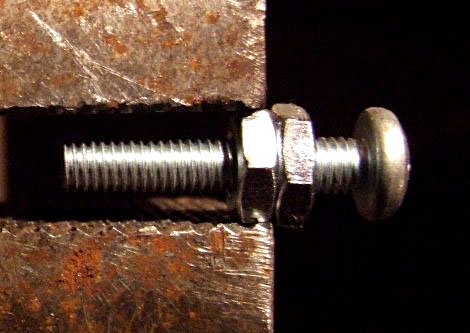
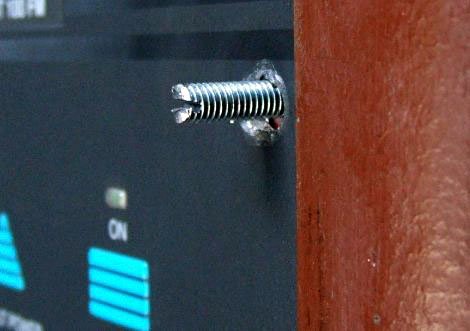
 Recently I needed a 19″ equipment rack. But being cheap, I decided to build one. While searching the Internet, I found what is called a LackRack, which uses IKEA‘s Lack Table. However further reading revealed a couple of things that I thought were lacking in the original design of the LackRack.
Recently I needed a 19″ equipment rack. But being cheap, I decided to build one. While searching the Internet, I found what is called a LackRack, which uses IKEA‘s Lack Table. However further reading revealed a couple of things that I thought were lacking in the original design of the LackRack.